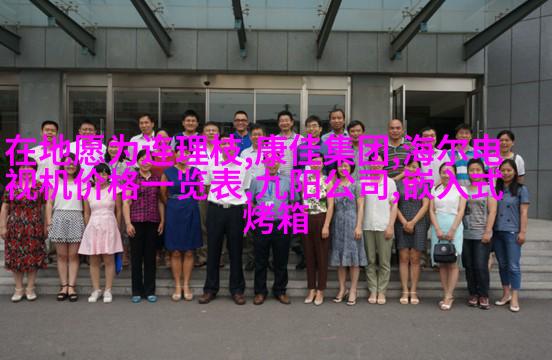The importance of post-processing enhancing your p
Introduction to Post-processing

Post-processing is a crucial part of the photography process that often gets overlooked by beginners and even some experienced photographers. It involves editing and manipulating images using software like Adobe Lightroom or Photoshop, which can significantly improve the quality and aesthetic appeal of your photos.
Why Post-processing Matters

When you take a photo, it's not always perfect straight out of the camera (SOOC). There might be issues with exposure, contrast, color balance, or composition that can detract from the overall impact of the image. That's where post-processing comes in – it allows you to correct these problems and enhance your photos to make them look their best.
The Role of RAW vs JPEG Files in Post-processing

One important aspect to consider when discussing post-processing is whether you shoot in RAW or JPEG format. Shooting in RAW gives you more flexibility during editing because it captures all the data from your camera's sensor without any compression applied. This means you have more room for adjustment when editing compared to JPEG files.
Basic Editing Techniques for Enhancing Your Photos

There are several basic techniques that every photographer should know when it comes to post-processing:
a) Adjusting Exposure: You can brighten up underexposed areas or darken overexposed parts by adjusting exposure levels.

b) Correcting White Balance: If there's an issue with color temperature (e.g., yellowish tint), adjusting white balance helps restore natural colors.
c) Enhancing Contrast: By increasing contrast, shadows become darker while highlights become brighter – this technique adds depth and dimensionality.
d) Sharpening Images: Applying sharpening enhances details but avoid over-sharpening as it may introduce noise.
Advanced Techniques for Professional-looking Results
For those who want professional-grade results:
a) Local Adjustments: Use tools like selective adjustments brush or gradient filter tool for precise control over specific areas within an image.
b) Color Grading: Apply color grading techniques based on different styles such as cinematic looks or mood-based effects.
c) Noise Reduction & Grain Addition: These techniques allow fine-tuning grain texture depending on desired artistic effect.
Tips for Balancing Creativity & Technical Skill During Editing
It's essential not only to technically edit images but also maintain creative vision throughout this process:
a) Keep Reference Material Handy - Collect inspiration from other photographers' work online or through books/magazines; analyze what makes their pictures successful so you can apply similar principles into yours.
b) Limit Over-editing - Be cautious against excessive edits that lead away from original intent; remember less is sometimes better than too much alteration.
c.) Practice Regularly - Familiarize yourself with software tools via practice sessions on various types of photographs; develop muscle memory towards optimal workflow efficiency.
7 Conclusion
In conclusion, incorporating effective post-production practices into your photography workflow ensures high-quality images consistent with artistic intentions while providing a solid foundation upon which further learning will build upon as one progresses along their photographic journey



